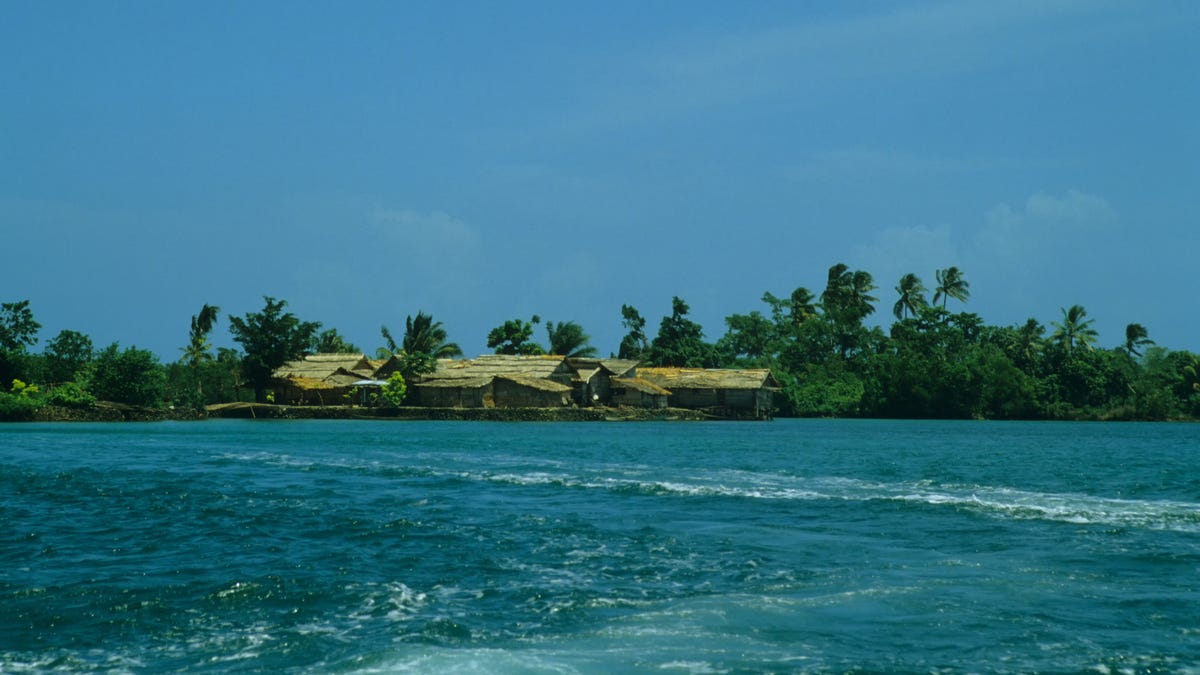Rising seas swallow five South Pacific islands
Australian researchers say the causes are complex but point to the potential effects of climate change on coastlines in the Pacific.

Five uninhabited islands a thousand miles northeast of Australia have provided fresh fodder for thought on the potential impact of atmospheric warming. By disappearing under water.
According to a new study released in the journal Environmental Research Letters, with the ripe-for-John-Oliver-ridicule title "Interactions between sea-level rise and wave exposure on reef island dynamics in the Solomon Islands," the islands offer a valuable window into the future impact of sea levels on the rise.
The scientists behind the study say it's the first that "confirms the numerous anecdotal accounts from across the Pacific of the dramatic impacts of climate change on coastlines and people."
In a follow-up story in The Guardian, one of the researchers, Simon Albert, clarified that the sea level rise stems from a complex array of forces, including increased trade winds. "The trade winds are partly a natural cycle but also the recent intensification is related to atmospheric warming," he said. "The key aspect I stand by is that these observations from the Solomons are a warning of things to come irrespective of if climate change alone caused it or a range of factors."
The scientists used aerial and satellite photography from between 1947 and 2014 to identify five uninhabited "vegetated reef islands" in the Solomons that have vanished and an additional six experiencing "significant shoreline recession." Says the study: "Shoreline recession at two sites has destroyed villages that have existed since at least 1935, leading to community relocations."
The news comes on the heels of mounting evidence of climate-induced rising seas, including the rapid melting of the West Antarctic Ice sheet, which research found could create a global sea level rise of five or six feet by 2100.
This story was updated to include clarifying comments from researcher Simon Albert.

